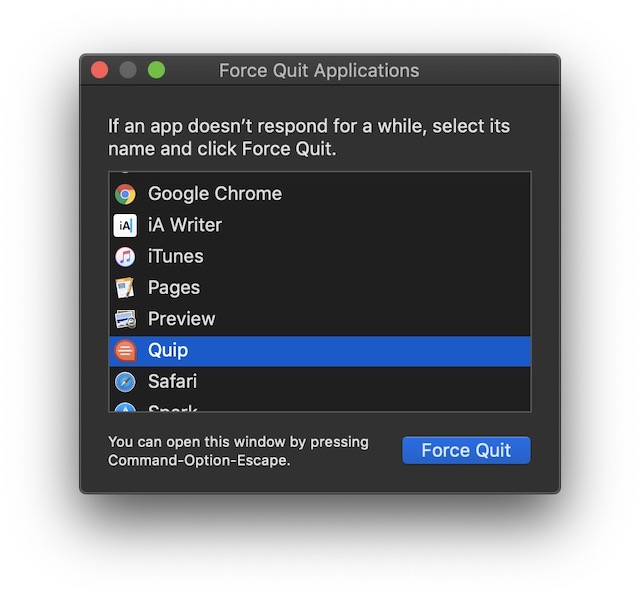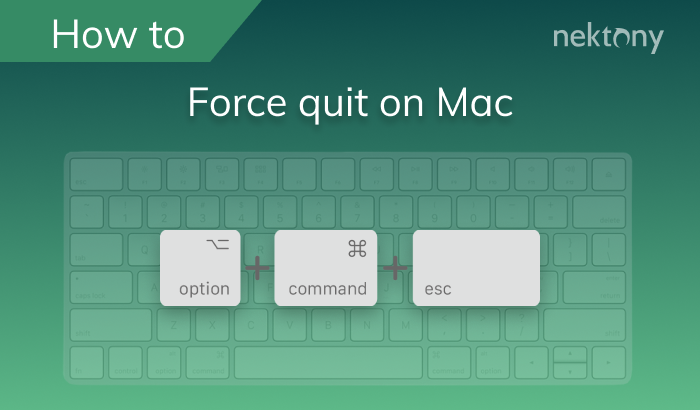

If the percentage is particularly high, you could be running into RAM troubles that are causing your crashes.

It’s also a good idea to use Task Manager to check on how much memory your apps are using. This will force quit the app in question. Find the app that’s not responding, select it, and then choose End task. The Task Manager will display all the apps that are currently running and the resources they are taking up. This shortcut opens the famous Task Manager. In the COMMAND column, you'll see the names that are to be used with the killall command. If you issue the command top, you'll see a list of all running applications. What happens if you don't know the actual name of an app (or, better yet, the command used to start the app)? For that, you can turn to the top command. For that, you'd use the killall command like so: Let's say Apple Mail isn't responding and you want to close it from the terminal. When you have a stubborn application, open the Launch Pad, search for terminal, and then open the terminal app. I'm going to show you the simplest method (because there is a more challenging way to do this from the terminal, but I don't want to frighten you away from the terminal).Īlso: How to install Linux applications from the command line If you find the Force Quit tool doesn't work for the app you want to kill, or maybe you're interested in getting familiar with the command line interface, let me show you how easy it is to kill an app. If you see inaccuracies in our content, please report the mistake via this form. If we have made an error or published misleading information, we will correct or clarify the article. Our editors thoroughly review and fact-check every article to ensure that our content meets the highest standards. Our goal is to deliver the most accurate information and the most knowledgeable advice possible in order to help you make smarter buying decisions on tech gear and a wide array of products and services. ZDNET's editorial team writes on behalf of you, our reader. Indeed, we follow strict guidelines that ensure our editorial content is never influenced by advertisers. Neither ZDNET nor the author are compensated for these independent reviews. This helps support our work, but does not affect what we cover or how, and it does not affect the price you pay. When you click through from our site to a retailer and buy a product or service, we may earn affiliate commissions. And we pore over customer reviews to find out what matters to real people who already own and use the products and services we’re assessing. We gather data from the best available sources, including vendor and retailer listings as well as other relevant and independent reviews sites.

ZDNET's recommendations are based on many hours of testing, research, and comparison shopping.


 0 kommentar(er)
0 kommentar(er)
